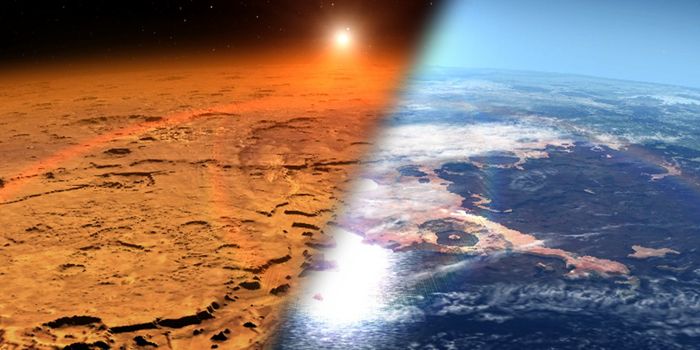Footage Shows Bits of Chinese Space Junk Entering Atmosphere
Social media lit up in the middle of the week after sightings of what appeared to be a very colorful shower of glowing objects entering the Earth’s atmosphere over the Western United States, including California and Utah, at around 9:30 PM.
At the time of the event, no one actually knew what the object(s) were, and many passed them off as some kind of meteor shower, which are common at this time of the year. Videos were reocrded from many angles, showing different faces of the fireballs.
One, shared by Matt Holt on Twitter, shows the fireball breaking into many:
Full video of meteor-like event @BadAstronomer pic.twitter.com/q37UzRZKpa
— Matt Holt (@mholt6) July 28, 2016
However, new reports now suggest that the objects entering the Earth’s atmosphere weren’t that of a meteor shower at all, but rather were the result of a spent Chinese rocket entering the Earth’s atmosphere and burning up in the process.
Another source of footage shows the fireball much more in-tact:
It wasn’t anything new that was just launched, and it wasn't anything alien.
It is believed to have been an old rocket that was used in the past to deliver supplies into space. Nevertheless, the event highlights the problem we have with space junk and how it can uncontrollably enter the Earth’s atmosphere in dangerous locations, potentially posing a risk of danger to human life.
Space junk occurs when we send satellites and rockets into space. At times, satellites get decommissioned, or turned off, and there's really no way to bring them back down, so they just stay in their orbital path in a dynfunctional state. The rockets that take the satellites into space sometimes come back down to Earth, and sometimes don't, so those float around up there too.
Space agencies all typically work together to keep track of space junk and warn one another of potential atmospheric re-entries. Except, of course, for China. China’s space agency likes to keep things under wraps and doesn’t disclose information. As a result, things like this are bound to happen completely randomly and there’s little we can do about it.
There are literally hundreds of thousands of individual pieces of space junk orbiting the planet at different levels, all between 200 miles and 22,000 miles above the planet. At random times, space junk collides with one another, knocking it off course, and sending it flying one way or the other. In some cases, that’s back at Earth.
Although it’s tough to control, space agencies are working on ways that we can remove unwanted space junk from orbit to help clean the area up and pave the way for new missions in the future. Such an initiate would also prevent these debacles from happening.
Source: Bad Astronomy, CBS








